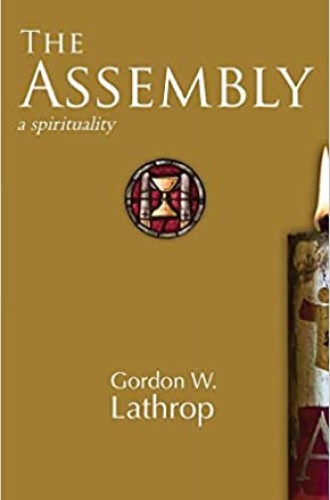Becoming a people together
Gordon Lathrop roots his case for in-person worship in scripture and Lutheran tradition.
Sixteen years after writing The Pastor: A Spirituality, Gordon Lathrop offers a companion volume focused on Christian corporate worship. This passionate, honest, and theologically wise argument for the importance of Christian assembly is rooted in both scripture and social critique of our hyper-individualistic age. The Assembly has an urgent tone, perhaps in part because Lathrop wrote it while the COVID-19 pandemic was making it impossible for many Christian congregations to gather safely.
Lathrop is known as a liturgical theologian, but like most of his other books on worship, this volume is clearly rooted in his New Testament graduate study, his experience as a parish and campus pastor, and his career as an educator in Lutheran, Episcopal, and ecumenical settings. Drawing on his own Lutheran tradition, he claims that worship can overcome the dichotomies that inhabit liturgical theology and ethnographic accounts of liturgical practice: “When assemblies are faithful, they are strongly centered yet open, profoundly communal yet always personal, filled with participatory action yet trusting the actor is God.”
Since the beginning of the Christian movement, Lathrop argues, Christians have maintained the importance of corporate assembly for proclaiming and hearing the gospel. He locates evidence for this claim in both scripture and early church documents. Lathrop has argued elsewhere that the Gospels show clear signs that they were written for oral proclamation, a necessity given the low levels of literacy in some early Christian communities.





